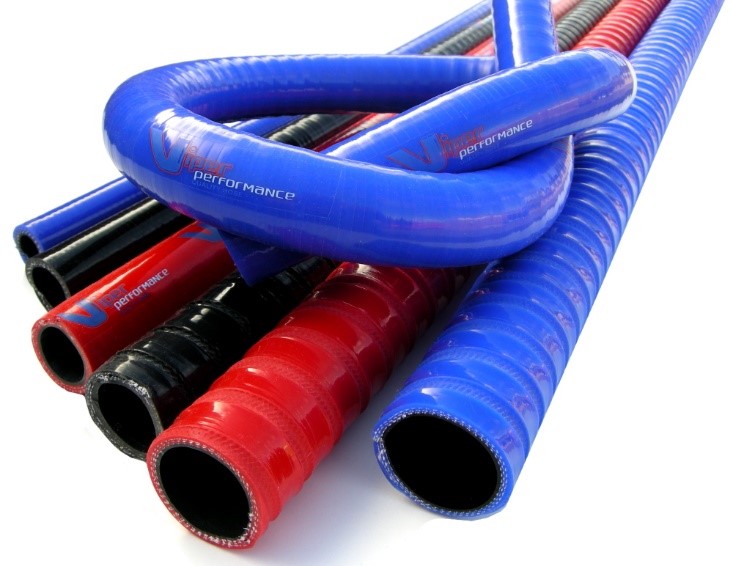
Silicones are all around us and form an integral part of our daily lives without us even realising. Did you know that it’s silicone that makes denim jeans feel softer and our hair smooth and shiny?
Silicones are found in fabric, shampoo and even food and beverages. They help to protect important surfaces, are found in vehicles and buildings and used in seals to protect bathrooms and aquariums.
When you peel back a sticky label and it stays sticky enough to adhere to surfaces? That’s silicone. It is also a substance that enables skyscrapers to be constructed. As you can see, silicone is a highly versatile and crucial part of the man-made world around us. Every day we come into contact with dozens of products that contain silicone, simply because of its amazing properties.
The first time the word ‘silicone’ was used was in 1857 when a German chemist, named Friedrich Wöhler first used the term. Today the term is used generally as a generic term for almost all of the substances that contain a silicone atom.
How are silicones applied?
Silicones are used in so many different applications because of its highly valued properties, not found in other polymers. Silicone offers excellent heat stability and can be used in processes where an organic material would decompose or melt in such conditions. Many of the silicones used are also resistant to the effects of aging, direct sunlight, heat extremes, moisture, low temperatures and the effects of other chemicals. Silicones are used in processes where there is a need for bonding, sticking or holding materials together.
The surface properties of silicone also make it stand out from other materials. Silicone in fluid form has a low surface tension which make it perfect for acting as a paper release substance, fibre lubrication, moulded items, water repellents and many other applications. Silicone is also used in foam control applications such as enhancing gloss, conditioning, emulsifying agents, corrosion prevention and lubricants.
Silicone is water repellent, inert and retains stability at extreme temperatures, making it ideal for use as a protective coating and electrical insulator. For all your silicone needs, you’ll need a Silicone Hose Manufacturer like goodflexrubber.
Atoms of oxygen and silicone alternate in a chain in silicone polymers and various properties can be enhanced by binding organic radicals to the silicone atom. Silicone can come in many different forms, such as rubbers, resins, greases and liquids.
Silicones are made by mixing halides of organic silicon compounds through a process of decomposition. The compounds are then chosen for different applications and mixed to create different molecular weights of various polymers with different properties for their intended final use.
You can even find silicone inside human bodies. Silicone gel encased in hard silicone has been used in cosmetic breast and reconstructive surgery in the form of implants.





